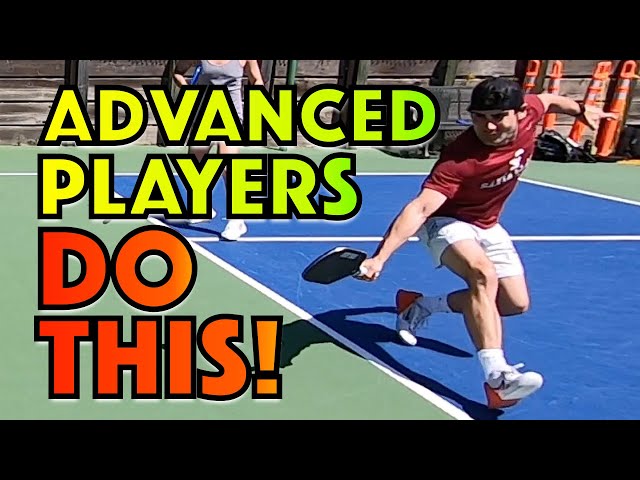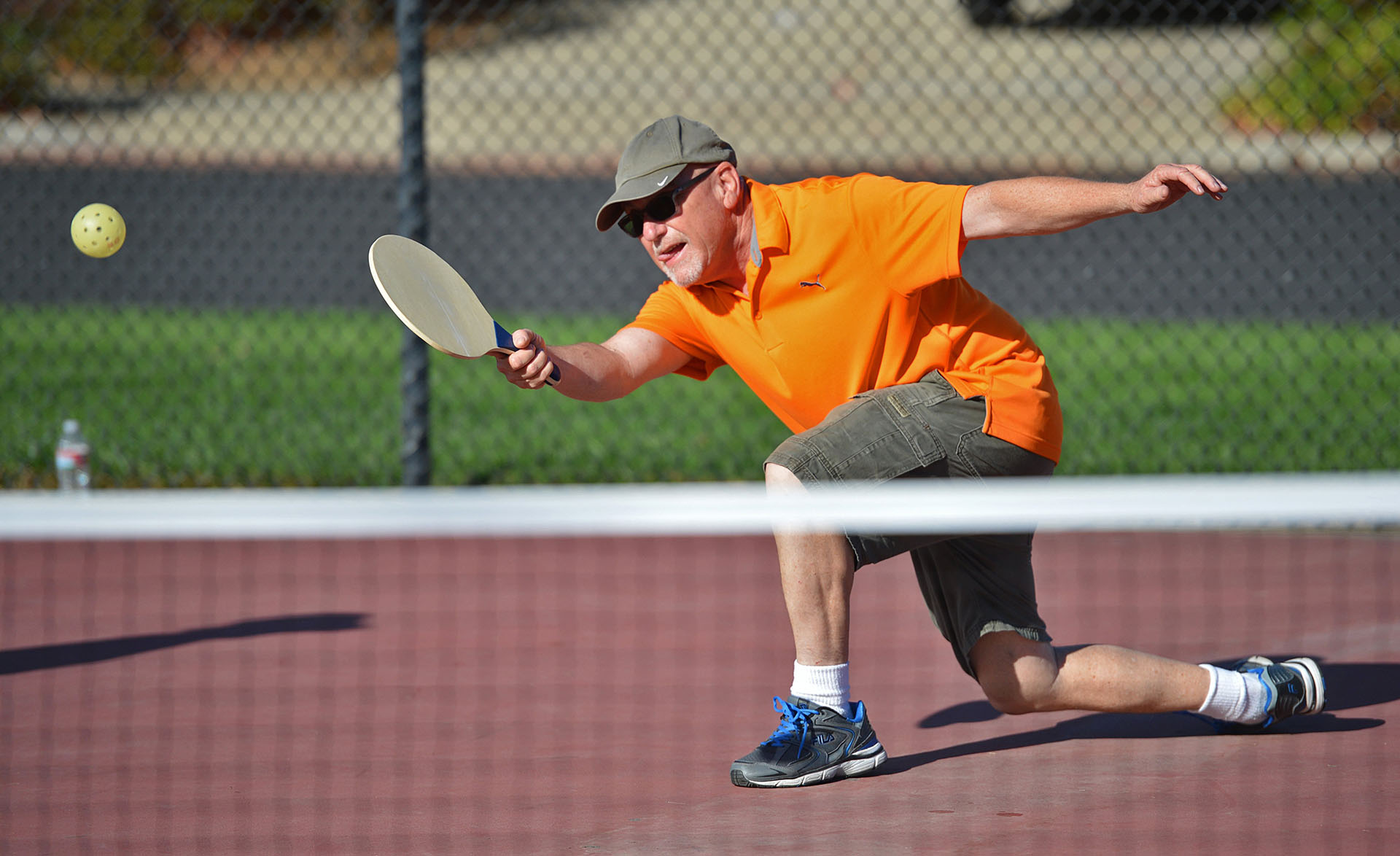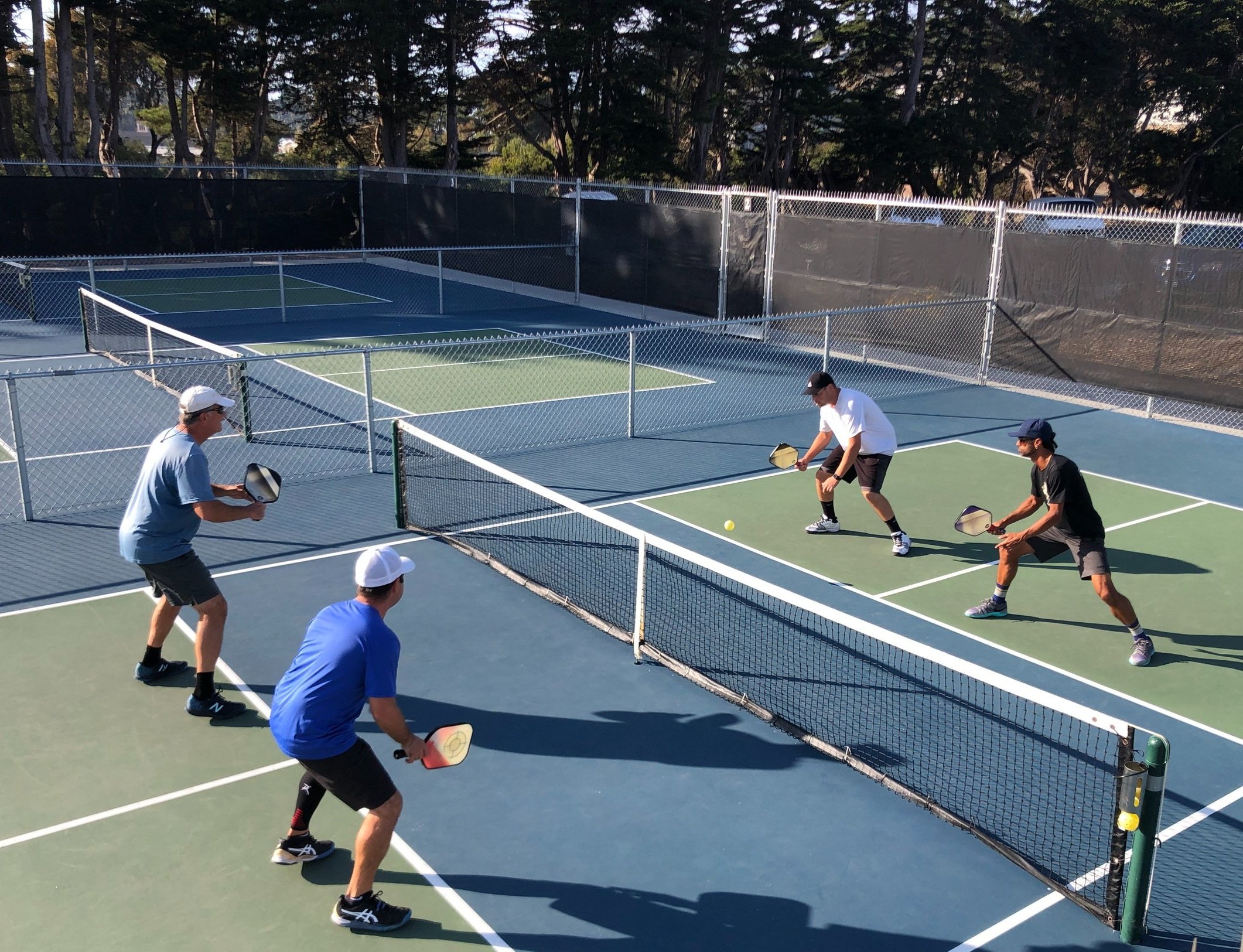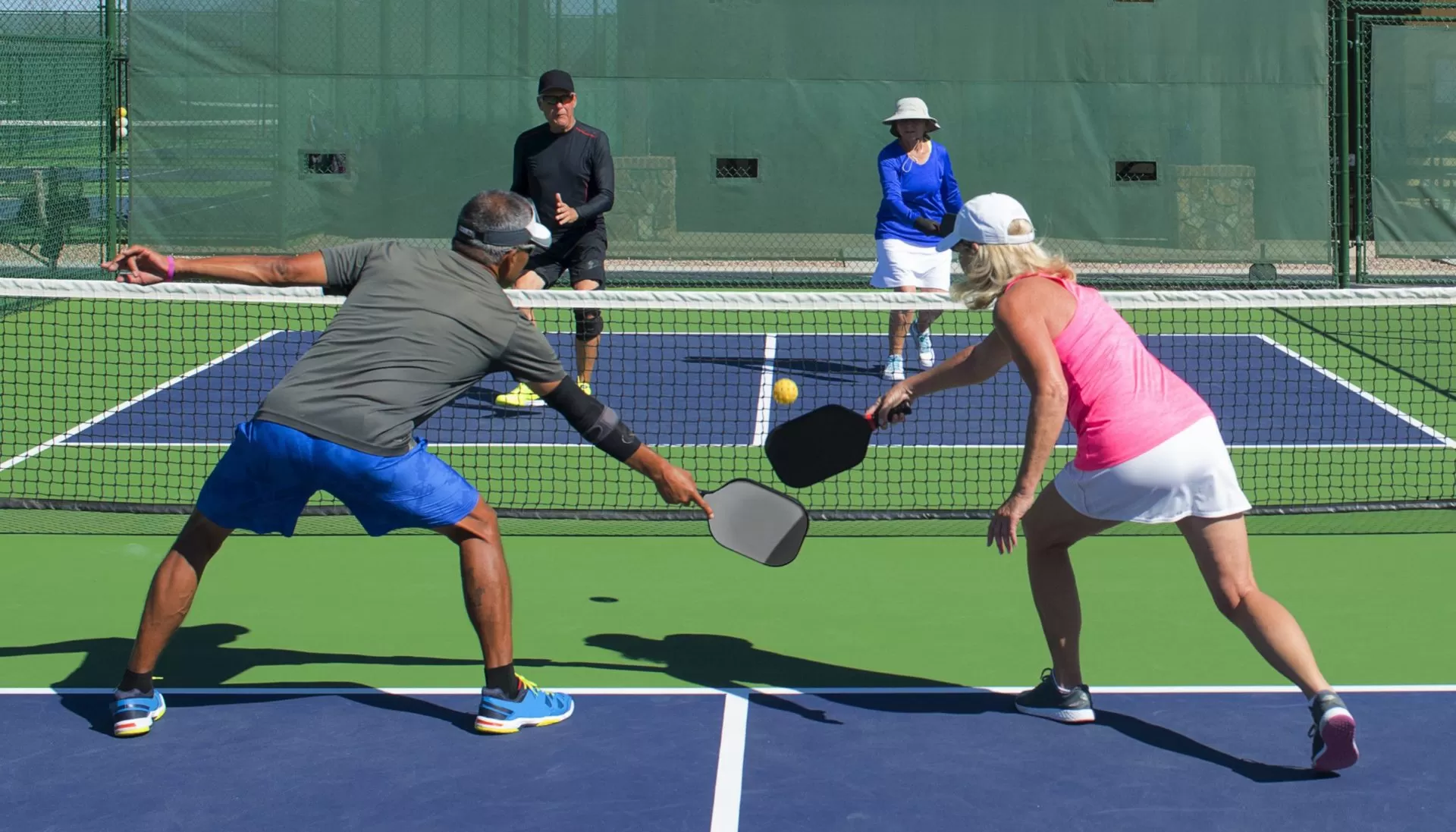Advanced pickleball strategy: mastering the nuances for a competitive edge
In the fast-paced world of pickleball, the key to dominating the court lies far beyond basic shot execution. Advanced pickleball strategy requires a deep understanding of the game, encompassing a broad range of skills that include shot selection, court positioning, match analysis, and psychological awareness. As players seek to refine their performance and compete effectively at higher levels, such as 4.5 and beyond, mastering these advanced techniques becomes indispensable. With every game being a dance of tactics and psychological warfare, the strategies outlined here will equip players with the tools they need to gain a competitive advantage and ensure the odds are in their favor.
The heart of advanced play lies in an unpredictable style that constantly puts pressure on opponents, creating opportunities while neutralizing their strengths. Each shot and movement on the court becomes a calculated decision, as successful players develop sophisticated strategies that allow them to anticipate their opponents’ moves, create scoring chances, and maintain dominance. In this article, we’ll explore a range of advanced pickleball strategies that will transform how players approach the game, ultimately leading them to victory.
Advanced shot techniques

Advanced shot selection is foundational to a player’s success. Among the myriad techniques, spin serves stand out as a powerful weapon. By employing topspin, backspin, or sidespin, players can disrupt the flow of play and force errors. When the ball spins, its trajectory changes, making it challenging for opponents to predict and react effectively. The spin serves as not just a means of putting the ball into play but an art form that can dismantle the opponent’s rhythm.
Another critical tactic is the drop shot, which serves a dual purpose: it transitions the player from the backline to the net while forcing opponents to hit upward. This upward shot leads to an offensive advantage, as it presents the opportunity to finish the rally at the net. Similarly, lob shots can be a game changer, especially against opponents who frequently position themselves near the net. By launching a perfectly timed lob, players can exploit this positioning, creating scoring chances while simultaneously regaining control of the court.
Moreover, drive shots should not be underestimated. When executed correctly, they apply immediate pressure, compelling opponents to respond quickly, often leading to mistakes. Angle volleys also deserve mention, as they can enable players to dominate the net. By using angle volleys, players control the game’s pace and develop scoring opportunities from seemingly defensive positions. By mastering these shots, players are not only enhancing their skill set but are also cultivating a diversified arsenal that makes their game unpredictable and formidable.
Strategic positioning

Court awareness and strategic positioning are critical elements of advanced play. Understanding one’s placement relative to the net and sidelines, as well as anticipating opponents’ movements, can dictate the game flow. Proactive positioning empowers players to control the court, as they can adjust their stance in response to the game’s dynamics. For example, while it’s essential to respond adequately to opponents’ shots, being able to anticipate and position oneself effectively can shift the momentum decisively in one’s favor.
In doubles play, coordination and communication between partners are paramount for effective positioning. A balanced court coverage strategy is needed to prevent gaps that opponents can exploit. However, effective communication goes beyond just verbal cues it involves non-verbal signals and an intuitive understanding of each partner’s strengths and weaknesses.
The choice between offensive and defensive positioning is another nuanced decision that every player needs to master. Players must evaluate the game situation and their opponents’ strengths to determine when to adopt a more aggressive stance or fallback to defend. Developing this duality in positioning strategies empowers players to be adaptable and flexible, bridging the gap between aggressive and conservative play based on the conditions of the match.
Analyzing opponents
Advanced pickleball strategy isn’t just about enhancing personal skills; it’s also about understanding and analyzing opponents. Recognizing specific weaknesses is crucial. Players must assess their rivals’ strengths and patterns, tailoring their pickleball strategies to exploit these vulnerabilities. For instance, if an opponent consistently struggles with high balls on their backhand side, a strategic player might focus their shots in that direction, systematically breaking down their defenses.

Beyond analyzing shot patterns, reading tendencies is equally important. Players can anticipate opponents’ shots based on previous actions and playing styles, effectively predicting their next move. Adaptability becomes a player’s ally as they adjust their strategy to counteract opponents’ strengths or exploit identified weaknesses.
This dynamic of adjusting strategies extends into the psychological realm. Understanding the ebb and flow of the match can give players the edge they need to maintain superiority on the court. For instance, if a competitor thrives on speed, then playing a slower, more deliberate game to disrupt their rhythm may be advantageous. By remaining vigilant and observant, players equip themselves with not just skills but also the foresight needed to navigate the unpredictable landscape of competitive pickleball.
Read more: Pickleball strategy for intermediate players
Mental toughness
In a game where physical skills are paramount, mental toughness can often be the difference between victory and defeat. Staying mentally focused throughout the match is essential, particularly when pressure mounts. The ability to maintain composure under duress not only enhances performance but also serves to demoralize opponents who thrive on exploiting mental lapses.

Handling pressure is an art that players must work diligently to master. Techniques such as deep breathing, positive self-talk, and short mental resets enable players to soothe nerves and regain focus during critical moments. This training helps ensure that mistakes do not spiral into larger errors, preserving both confidence and strategy.
Additionally, maintaining a positive mindset, even in the face of setbacks, is a crucial component of mental fortitude. Accepting that mistakes are part of competitive play allows individuals to move forward without dwelling on past failures. Coupled with visualization techniques where players mentally picture successful shots, strategies, and positive outcomes the mental game of pickleball becomes a powerful domain where players can excel.
Communication in doubles
Doubles play presents unique challenges, and effective communication is vital. Non-verbal communication, such as hand signals or body language, can keep strategies discreet from opposing players while fostering seamless coordination between partners. Clear and concise verbal cues establish trust and understanding, promoting effective teamwork that often translates to smoother plays and improved performance.

Understanding a partner’s strengths and weaknesses is another critical aspect of successful communication. By recognizing what each player brings to the court, partners can allocate responsibilities and adopt strategies that capitalize on one another’s skills. This synergy creates a powerful force on the court, enabling teams to dictate the rhythm of play.
In instances where mistakes occur, constructive communication becomes essential. Fostering an environment where partners feel comfortable discussing errors without assigning blame is key to maintaining morale and reinforcing team unity. This foundation encourages an atmosphere of support and understanding, ultimately leading to improved performance as partners learn to adapt to each other’s styles.
Read more: Discover top pickleball doubles strategies to dominate the court
Conclusion
Advanced pickleball strategy transcends mere skill. It embodies an intricate tapestry of shot selection, strategic positioning, opponent analysis, mental toughness, and effective communication. By mastering these components, competitive players can gain a significant edge over their adversaries, allowing them to outmaneuver and outsmart even the most seasoned opponents.
Encouraging players to consistently refine their skills and develop strategic thinking is vital for continued growth in the game. As the landscape of pickleball evolves, so too must the players’ approach, embedding practice and dedication at the core of their training. The journey to becoming a master pickleball player is an ongoing one rooted in learning, adapting, and ultimately, outsmarting opponents. So, lace up your shoes, grab your paddle, and elevate your game; the court is waiting for you.
